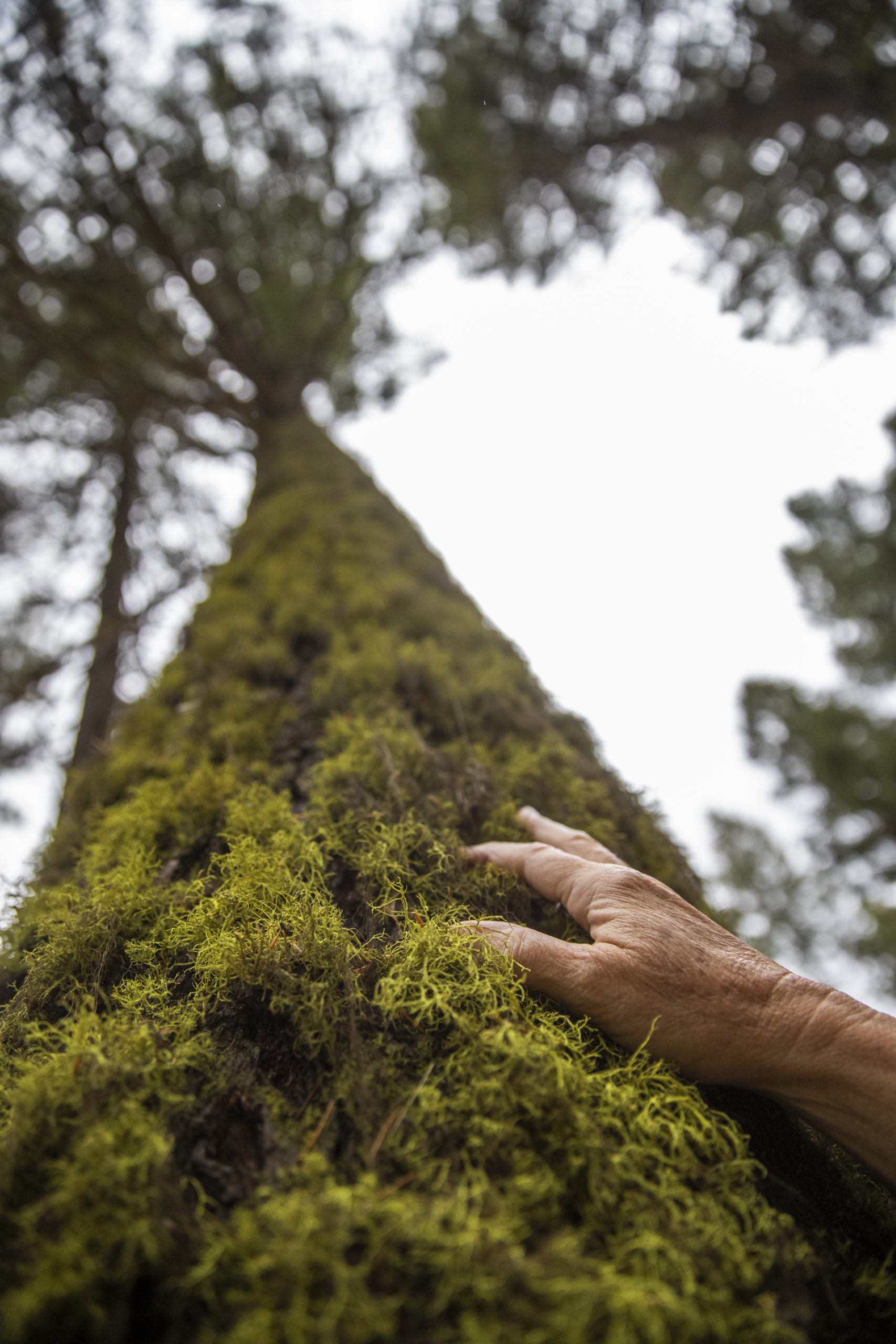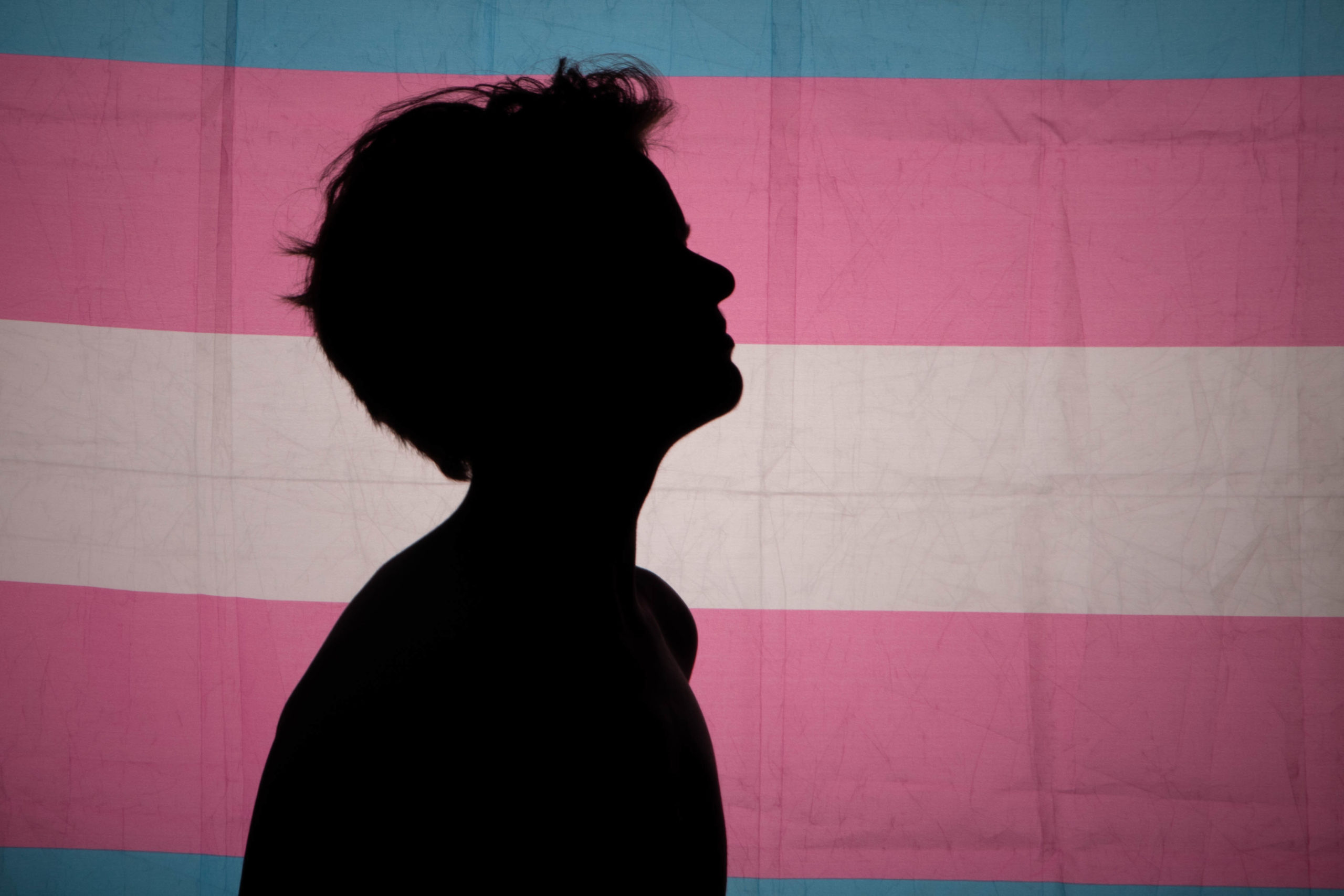Defining mental health impacts from eco-distressers
Story by Mackenna Gleave. Photo by Kennedy Delap.
M
ontana’s wide open spaces sometimes contribute to mental health challenges, but also can help heal. Psychiatrists, psychologists and therapists use the Diagnostic and Statistical Manual of Mental Disorders to diagnose and treat disorders like depression, PTSD, gender dysphoria and anxiety.
Research happening in Montana and around the country may lead to a new listing in the DSM, a mental health disorder springing from anxiety, worry or grief about the climate.
Rachel Williamson is a psychology professor at the University of Montana working on a nationwide study about climate distressers. The study aims to provide an accepted definition of mental health challenges that come with worry over climate change. Currently, this sense of climate worry falls under generalized anxiety in the DSM, but researchers will determine if climate concerns are their own separate and diagnosable disorders. Williamson said the current definition for these terms isn’t an “operational definition or a consistent way of defining and measuring it.”

Missoula. Goslin is a forest bathing guide, and helps forest
bathers connect and notice nature on a deeper level.
According to the World Economic Forum, concerns about climate change have doubled among Americans from 2017 to 2022. A report from the American Psychiatric Association found 75% of Americans are concerned and 25% are alarmed about climate change.
Eco-distressers are more threatening to those who work with climate information the most, like first responders to climate disasters, climate scientists and activists and young people, according to the National Library of Medicine.
In Held v. Montana, 16 young people successfully sued the state in 2023 to include consideration of the environment when making decisions about energy projects. Plaintiffs cited the mental health effects of climate change as one of their claims to injury.
In the ruling, District Court Judge Kathy Seeley wrote “Plaintiffs’ mental health injuries stemming from the effects of climate change on Montana’s environment, feelings like loss, despair and anxiety are cognizable injuries.” Plaintiffs pointed to forest fires and loss of snowpack, along with other climate effects, as directly impacting their emotional and financial well-being.
Communities in higher risk zones can bear more of the burden of climate change, according to Williamson. Shoreline, high-altitude and rural communities are experiencing agriculture loss, water scarcity or increased risk of severe weather events.
The nationwide study Williamson is a part of identifies eco-distressers as caused by climate change, including eco-grief and eco-anxiety. Eco-grief branches from grief over the loss of the environment, and eco-anxiety encompasses the feeling of impending doom because of
climate change.
Different types of eco-distress can show up in the form of “post-traumatic stress disorder, anxiety, depression, grief at various kinds of clinical or subclinical levels. [It also] could include what we call moral injury, which is rooted in traumatic stress,” Williamson said.
If officially defined and diagnosable, climate responses can be better studied for specific treatment. Williamson hopes anxiety over the environment might be used for good. She hopes people will be motivated to push for change through the courtroom, the picket line or the classroom.
Read More:

Previous:
A LIGHT IN THE DARK
A Montana transgender teenagers’ journey for gender affirmation
Story by Nance Beston and Aislin Tweedy. Photos by Nance Beston.



